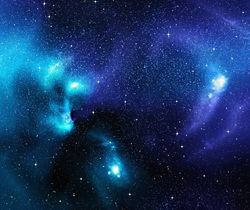Classifying evolutionary stages of forming stars
Spectral energy distributions (SEDs) describing the energy objects that radiate over the entire electromagnetic spectrum have conventionally been the main way of classifying the age and evolutionary phase of young stellar objects (YSOs). YSOs attain most of their mass when an isolated rotating dense core collapses and forms an accreting protostellar core and disc that accumulates surrounding interstellar gas and dust via large gravitational forces. Recent theoretical studies suggest that SED information alone is not sufficient to accurately determine whether YSOs are early (Class 0) or late (Classes I, II and III) phase. Rather, a combination of SED and near-infrared (NIR) spectroscopy that enables characterisation of the accreting protostar are required. Given the lack of a comprehensive examination of both SED and NIR data from YSOs, European researchers initiated the Protostars project to create the first unbiased survey of a huge data set of selected Class I and Class II YSOs from six star-forming regions. Scientists combined spectrographic data from the New Technology Telescope of the European Southern Observatory (ESO) and the Spitzer Space Telescope (SST) enabling construction of the YSOs SEDs and inference of main stellar parameters including accretion and ejection rates, spectral types and luminosities. Results demonstrated that YSO emission lines indicative of accretion or outflow were better indicators of age than SEDs and provide the basis for selection of future observational targets.



